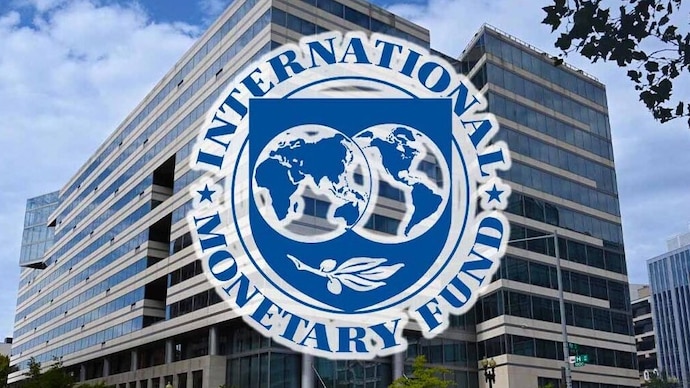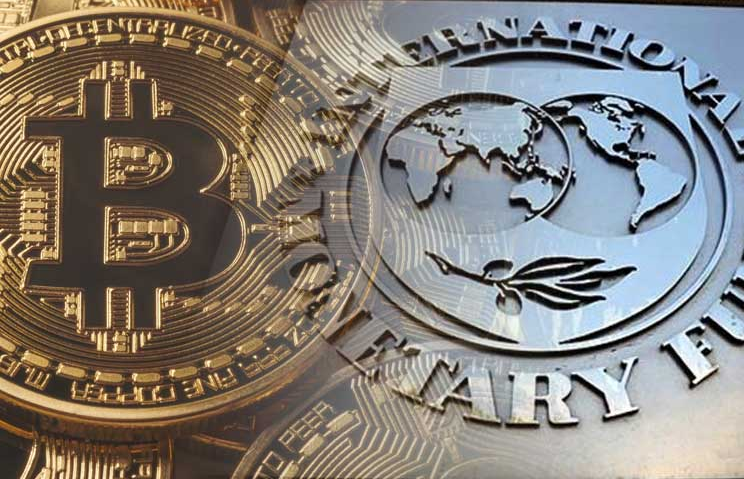The International Monetary Fund (IMF) has taken a significant step toward acknowledging the growing role of cryptocurrencies in the global economy. In its latest update to the Balance of Payments and International Investment Position Manual (BPM7), the IMF has officially included digital assets in its global statistical standards. This change represents a major shift in how cryptocurrencies are classified and monitored within traditional economic frameworks.
It also reflects the increasing importance of cryptocurrencies in financial reporting and economic analysis, marking a pivotal moment for the cryptocurrency industry. Furthermore, this update aligns decentralized blockchain assets with traditional economic models. Here’s what this change means for governments, businesses, and crypto enthusiasts worldwide.
Why the IMF’s Update Matters
The IMF’s Balance of Payments (BoP) framework helps countries track the movement of goods, services, and capital across borders. With the rise of cryptocurrencies like Bitcoin (BTC), Ethereum (ETH), and stablecoins, the global financial landscape has changed dramatically. Until now, the absence of clear guidelines on how to classify and record these assets created confusion among regulators and statisticians. However, the release of BPM7 on March 20, 2025, addresses this gap. The updated framework provides a standardized way to include crypto in national accounts, improving consistency in financial reporting.

According to an official IMF statement, the update reflects “significant changes in the global economy, including digitalization and the rise of crypto assets.” By incorporating cryptocurrencies into the BoP, the IMF aims to improve transparency and enhance cross-country comparisons, giving a clearer picture of the macroeconomic impact of digital assets.
How Crypto Fits into the Balance of Payments
Under the new BPM7 guidelines, cryptocurrencies are classified based on their economic characteristics. Bitcoin and similar decentralized assets, which do not have a corresponding liability, are classified as non-produced, non-financial assets. This categorizes them similarly to intellectual property or natural resources in the capital account. Tokenized assets or securities, such as certain blockchain-based equity tokens, are treated as financial assets, similar to shares or bonds. This alignment with traditional investment instruments ensures consistency in reporting and regulation.

Stablecoins, which are tied to fiat currencies like the US dollar, are categorized differently. Because they are linked to a liability, stablecoins are recorded as financial instruments within the BoP’s financial account. This distinction reflects the IMF’s effort to differentiate between speculative cryptocurrencies and those intended for stability and transactional use, improving the accuracy of financial reporting and analysis.
The update also covers activities like staking, where users lock up tokens to support blockchain networks in exchange for rewards. Staking income is now classified as a service transaction in the current account, highlighting its role as an economic activity rather than a passive investment.
Implications for Governments and Regulators
For governments, the inclusion of crypto in the BoP provides a clearer picture of how digital assets impact their national economies. Countries with significant crypto adoption, such as El Salvador, which made Bitcoin legal tender in 2021, can now better track digital currency inflows and outflows. This enhanced tracking helps policymakers assess the economic impact of digital assets, potentially leading to more informed monetary policies and improved regulation of crypto markets.
However, the application of these standards may differ across countries. As noted by CryptoSlate (2025), “The application of BPM7 will depend on local contexts, with some nations embracing the guidelines more readily than others.” Developing countries with limited statistical infrastructure might face challenges in adopting these changes. Meanwhile, crypto-friendly jurisdictions could use the update to strengthen their digital asset ecosystems.
A Boost for Crypto Legitimacy
The IMF’s decision to incorporate crypto into its global framework is a major win for the cryptocurrency industry, which has long sought recognition from traditional financial institutions. By integrating crypto into a globally accepted system, the IMF is acknowledging its staying power. This could drive institutional adoption, as banks, hedge funds, and corporations will have clearer guidelines on how to report digital assets.
Analysts also predict that this move might influence the development of central bank digital currencies (CBDCs). With over 100 countries exploring CBDCs, the IMF’s framework offers a model for integrating state-backed digital currencies alongside decentralized ones.
Challenges and Criticisms
Despite the enthusiasm, the update has its challenges. Critics argue that classifying volatile assets like Bitcoin as non-financial assets oversimplifies their role in the economy. Others point out that the decentralized nature of cryptocurrencies makes accurate data collection difficult, especially in jurisdictions with weak reporting standards. Privacy-focused coins like Monero (XMR) could further complicate tracking efforts.

Additionally, the IMF’s approach might spark debates over taxation and regulation. Governments may use these standards to justify stricter oversight of crypto transactions, potentially clashing with the industry’s focus on financial sovereignty.
What’s Next for Crypto and Global Finance?
The release of BPM7 is just the beginning. As nations begin adopting these guidelines over the next few years, the global economy will gain unprecedented insight into the scale of crypto adoption. This could lead to further integration of blockchain technology in international finance, including cross-border payments and trade settlements.
For now, the IMF’s update sends a clear message: cryptocurrencies are no longer a fringe phenomenon but a transformative force in the global economy. Whether you’re a policymaker, investor, or crypto enthusiast, this development is worth watching closely.








